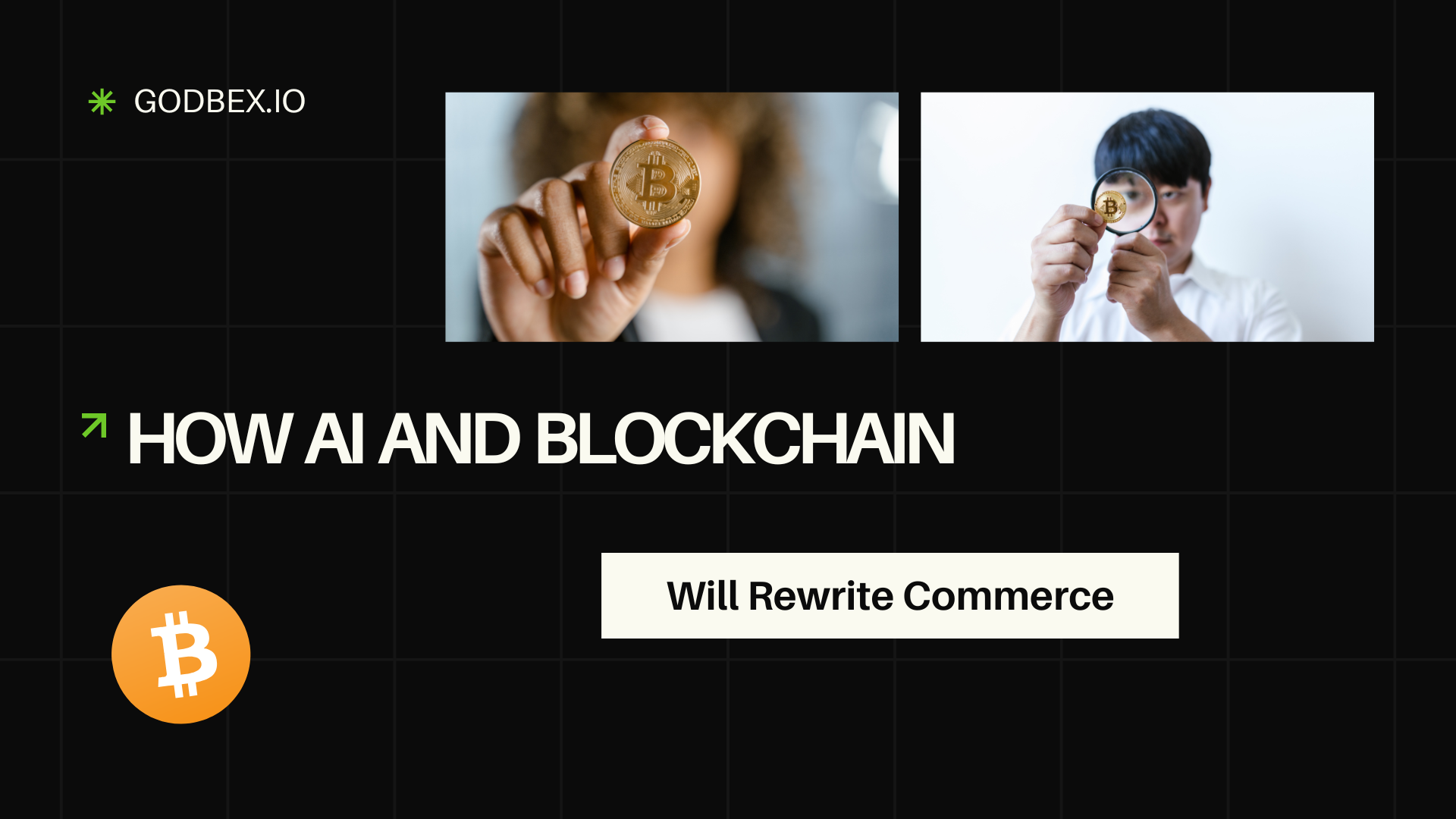
Kevin O’Leary believes we’re on the cusp of a new business era powered by AI agents and blockchain. In a fresh interview and social post highlighted by ForkLog, the Shark Tank investor imagines a near-future where a voice request to your phone triggers an AI to find a café, place an order, and settle the bill on-chain—no taps, no cards, no checkout friction. He also argues existing blockchains struggle to handle millions of simultaneous, low-fee transactions, and points to DAG-style architectures (like Hedera and Nano) as potential solutions.
O’Leary’s thesis: AI agents will shop for you, and blockchains must keep up
According to O’Leary’s comments reported by ForkLog, AI agents will soon complete everyday purchases—coffee runs, grocery orders, even retail chain transactions—end-to-end. The investor argues current systems queue transactions sequentially, creating bottlenecks (think “long highway to a single toll booth”). He suggests directed acyclic graph (DAG) models could reduce congestion, citing Hedera and Nano as examples that process transactions in a web-like structure rather than a single chain.
This view lands as payments giants are actively building the rails for AI-driven checkout. Visa and Cloudflare just unveiled a Trusted Agent Protocol and related tooling to authenticate AI agents at the point of sale—so merchants can safely accept purchases initiated by software rather than humans pressing “Buy.” The approach builds on Cloudflare’s Web Bot Auth and is pitched as an industry standard for agentic commerce.
Just as notable: Square (Block) has begun piloting Bitcoin Lightning payments on standard Square point-of-sale terminals at U.S. merchants—evidence that low-latency crypto payments can fit into familiar checkout flows. If AI agents are going to pay something in the background, mainstream rails that speak crypto and fiat interchangeably will matter.
Why this matters: from checkout friction to programmable money
O’Leary’s “AI meets blockchain” scenario isn’t merely about speed for the sake of speed. It implies:
- Autonomous purchasing: Agents compare prices, stock levels, delivery times—and transact without manual approval for small, pre-authorized spends. Visa’s protocol is designed to help retailers distinguish “good agents” from malicious bots.
- Always-on settlement: If the money leg clears instantly (whether via card rails, crypto networks, or both), merchants shorten cash cycles and buyers get instant confirmations.
- Throughput at scale: Millions of micro-transactions demand high capacity and low fees. O’Leary’s contention is that today’s leading chains often serialize activity, creating cost spikes under load. DAG-like models—and L2/rollup ecosystems—are all vying to solve this.
In short: to make AI commerce feel “invisible,” payments must become programmable, cheap, and fast, with trust frameworks that let merchants accept agent-initiated orders confidently.
Agentic commerce is getting real (fast)
Skeptics might hear “AI agents pay with crypto” and think sci-fi, but enterprise moves suggest otherwise:
- Visa + Cloudflare: launching Trusted Agent Protocol and integrating Web Bot Auth so merchants can verify agents and accept payments securely—cards today, potentially crypto rails tomorrow.
- Square: Lightning pilots at retail point-of-sale show that crypto payments can be near-instant, with simple UX for both merchant and customer. If agents end up using crypto rails for some transactions—especially cross-border—Lightning-style speed is the bar.
Add these to O’Leary’s point: if agents become common, the payment “decision + settlement” loop must be automatable, auditable, and cheap. That’s fertile ground for blockchains, L2s, and DAG-like systems to compete.
The scaling debate O’Leary resurrected
O’Leary’s critique—“blockchains process transactions sequentially, causing toll-booth jams”—captures a long-running tradeoff: decentralization vs. throughput vs. cost. His nod to DAG designs reflects one branch of the scaling tree; another is rollups and modular stacks (Ethereum L2s), and a third is payment-optimized networks like Lightning for Bitcoin.
There’s no single “winner” yet. But the commercial direction is clear: more capacity and less friction, whether via new data structures, L2 execution, or off-chain channels. The players shipping the easiest merchant/consumer experience will define early adoption.
Final Words
Kevin O’Leary’s vision is simple and provocative: AI agents will do the shopping; blockchains (or DAG-like systems) will do the paying. The supporting cast—Visa, Cloudflare, Square—is already building the connective tissue to make agent-initiated payments safe and routine. If that future arrives, crypto networks with the lowest latency, lowest fees, and cleanest merchant UX will benefit—and the resulting demand could reinforce the institutional thesis around Bitcoin as programmable, globally liquid collateral.